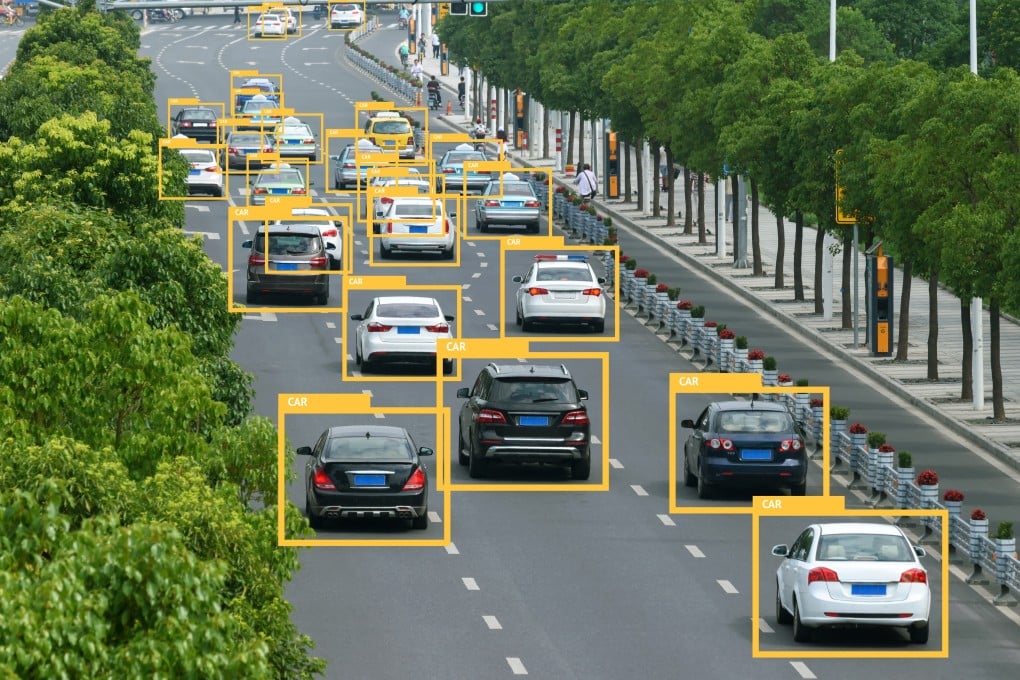Data labelling jobs are coming to China’s underdeveloped regions, but are they sustainable?
- Guizhou, one of the poorest provinces in China, is morphing into a big data hub for major hi-tech companies

Law school graduate John Li knows the latest developments in China’s autonomous driving industry – sort of.
Li, a 24-year-old Hui Muslim from southwest China’s Guizhou province – a mountainous inland region that is being developed into the country’s next big data hub – has been working on data labelling tasks for autonomous vehicles for nearly two years. Li said he has witnessed the sensor technology for these driverless cars evolve from webcams and then laser radars to using a combination of both at present.
While he has not yet seen a driverless car, Li said he takes great pride in his work and the team of about 100 “taggers” he manages. This team’s job mainly involves drawing boxes on pictures and video frames captured by cameras installed on driverless cars across the country, and then adding annotations to the cars, bikes, pedestrians and various traffic signs on those still photos and videos.
The processed data goes into different data sets that are used to train artificial intelligence (AI) algorithms developed by China’s technology giants, including Alibaba Group Holding and Baidu. E-commerce giant Alibaba is the parent company of the South China Morning Post.
“My work is to prepare clean data for autonomous driving, and I am making a small contribution to the technology’s advancement,” said Li. This is what he would often explain to friends and family who are intrigued by data labelling, an enterprise that found a home in Guizhou just a few years ago.
Other than make annotations, Li and his colleagues sometimes handle other tasks, including transcribing speeches in Chinese dialects (“I have heard dialects from every province and region”), annotating human and animal faces, and making TikTok videos of themselves dancing to music (the dance routines are choreographed ahead of time by unknown parties, so there are no freestyle surprises).